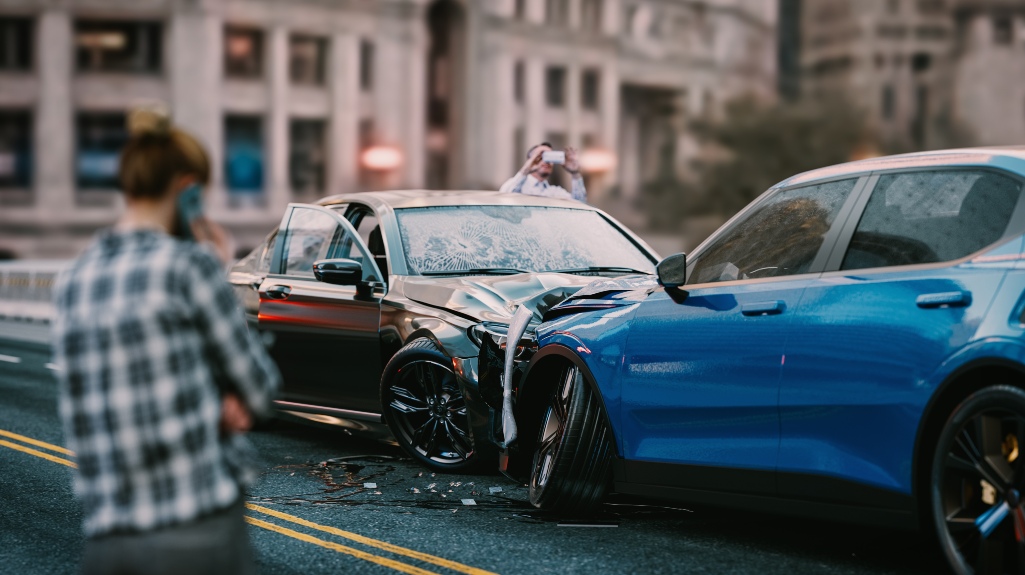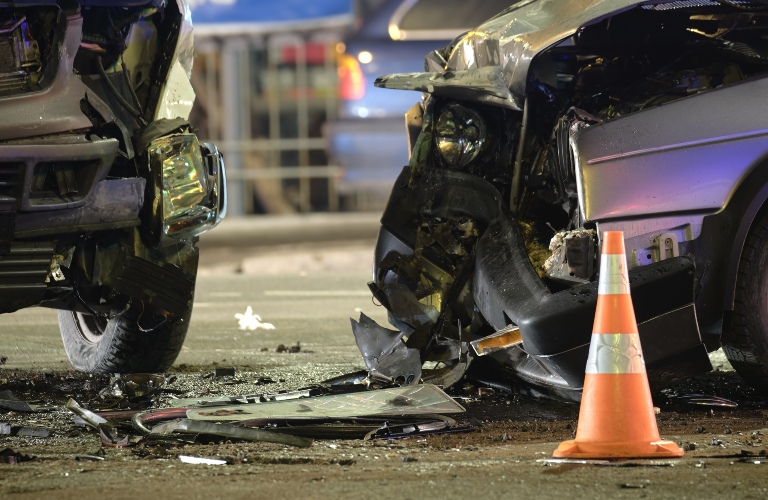
Picture this—you’re driving through an intersection when suddenly, another car slams into yours. As you process what just happened, one big question looms: Who’s at fault? In Indiana, determining fault in an accident is not always straightforward. While you may be certain the other driver was to blame, insurance companies and legal authorities rely on specific rules to make that call. So, who actually decides fault in an Indiana accident, and how does it impact your ability to recover compensation? Let’s find out.
Who Is at Fault for a Car Accident in Indiana?
In Indiana, assessing fault in a car accident primarily revolves around the concept of negligence. This implies that the driver whose careless actions—such as speeding, texting while driving, or driving under the influence—directly result in the accident is considered responsible. However, it is important to recognize that Indiana operates under a comparative fault system, allowing for a thorough assessment of responsibility, especially when multiple parties may hold blame in an accident.
Factors Considered in Determining Fault
Determining fault in an accident involves a careful evaluation of several critical pieces of evidence, such as the following:
Police Reports
Police reports are official documents prepared by officers who respond to a crash. They contain essential information such as details of the incident, officers’ observations, scene diagrams, and any citations issued. As a result, police reports can offer crucial insight into the collision’s circumstances.
Witness Testimonies
Eyewitness accounts can significantly influence the determination of fault. Witnesses may provide firsthand descriptions of the events leading up to and during the accident, helping to clarify the actions of the involved parties.

Physical Evidence from the Crash Scene
This includes any tangible items or marks left at the accident site, such as vehicle debris, marks on the road, or property damage. Analyzing this evidence can reveal significant details about how the accident occurred and the speed and direction of the vehicles involved.
Witness Statements
Written or recorded statements from witnesses can serve as valuable documentation in addition to testimony. These statements may contain specific observations that help establish a timeline of events and confirm or contradict the parties’ accounts.
Each of these factors is key to understanding how the accident happened and who may be responsible. A close look at the details can help establish liability, but things can get complicated when fault is not apparent or shared by multiple parties. In such cases, a deeper investigation may be necessary to get a complete picture of what led to the crash.
What If Multiple Parties Are at Fault for an Accident?
In Indiana, determining liability for a car accident can often involve multiple parties, especially in complex scenarios such as chain-reaction collisions or multi-vehicle accidents involving three or more cars. In these situations, various drivers may contribute to the crash through reckless driving, failure to obey traffic signals, or poor vehicle maintenance.
Consequently, drivers involved in the accident may be assigned a percentage of fault, reflecting how their actions contributed to the incident. This concept of comparative fault means that even if one driver is primarily at fault, the other driver’s actions could still significantly impact the events leading up to the crash, making them partially accountable.
Contact Our Legal Team Today
Determining fault in an Indiana accident can be complicated, and how it’s decided can significantly impact your ability to recover damages. However, you do not have to take on this ordeal alone. At Kaushal Law, we’re here to help you navigate the process and fight for the compensation you deserve. Contact us today!
